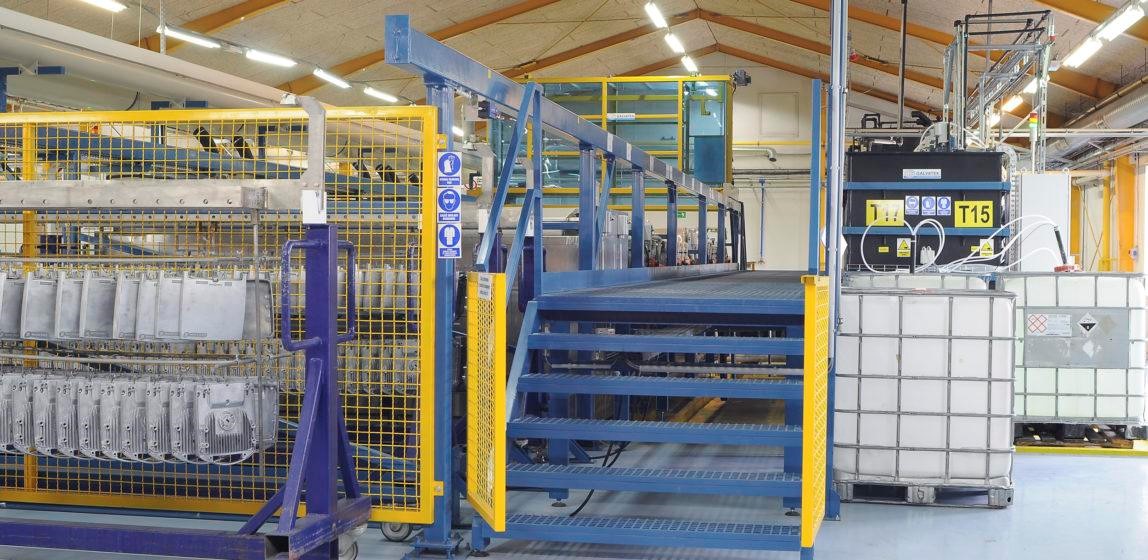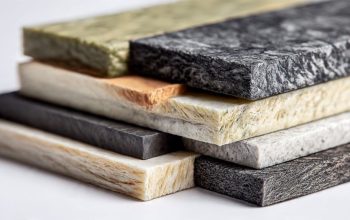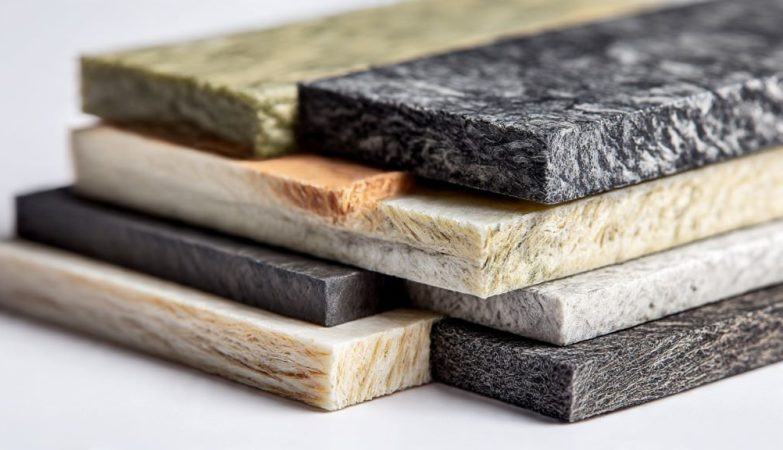Metal finishing techniques, other than paint, are very much modern technologies. Although known in the 19th century, electroplating didn’t take off commercially until WWII, anodising until the 1960s and plasma spraying until the 1980s. Even today, we have hardly scratched the surface as to what is possible. Innovations in coating methodologies are constantly under development and here are just four of them.

Nanoscale coatings
You might think that thicker coatings are better than thin ones but this is often untrue. Parts machined to a fine precision need coatings with a precise and constant thickness. This gets more difficult as more is applied, especially on components that are small or complex in shape. In other cases, thicker coats can actually be worse at providing desirable qualities such as lubricity, conductivity or transparency.
Breakthroughs in chemistry and robotic sprays have made it possible to do more with less. Laboratories can now apply coatings just one nanometre deep.

Graphene
Graphene is a prime example. In theory, at just one carbon atom thick, graphene is the thinnest material available. In practice, its potential has been delayed by two problems – producing it and applying it. It is still often made by peeling Sellotape off graphite and applied with a brush or conventional spray gun. If only we could use a thermal plasma spray!
It turns out that plasma sprays can actually make graphene!. As a result, we predict that thermal plasma spray specialists such as Poeton will soon be offering a range of graphene-based coatings with unbeatable lubricity, water repellence, corrosion resistance, hardness and flexibility.
Cleaner, greener electroplating
Electroplating is a popular metal finishing method but it is far from green. It leaks harmful chemicals including chrome, cadmium and toxic solvents into the environment and is energy-intensive. A promising new technique dissolves aluminium in water instead of solvents and consumes far less electricity. There have also been advances in dry electroplating techniques.
AI assisted coatings
Most finishing technologies require fine control to achieve a consistent result. Slight differences in alloy composition, surface temperatures, electrical fluctuations or even weather conditions may require adjustments and oblige the manufacturer to keep quality checking the product. Decision engines backed by sensors and IoT technologies will provide a superior way to predict the ideal settings and react continuously as conditions change. The result will be superior results, lower overheads and faster delivery.



